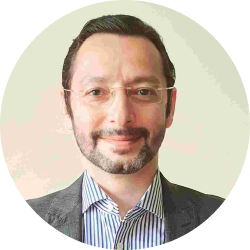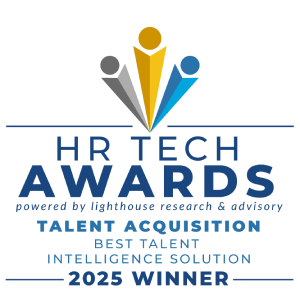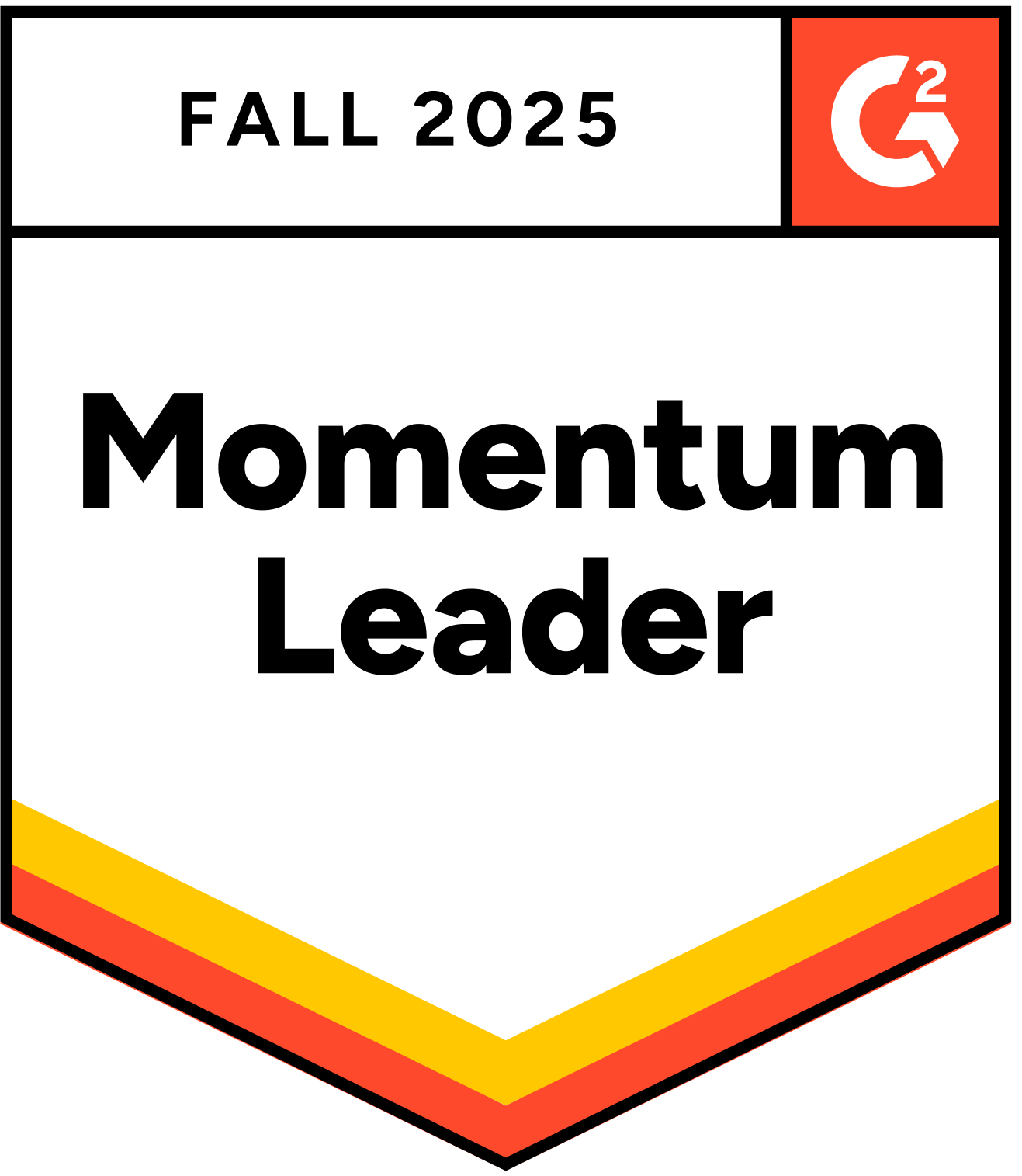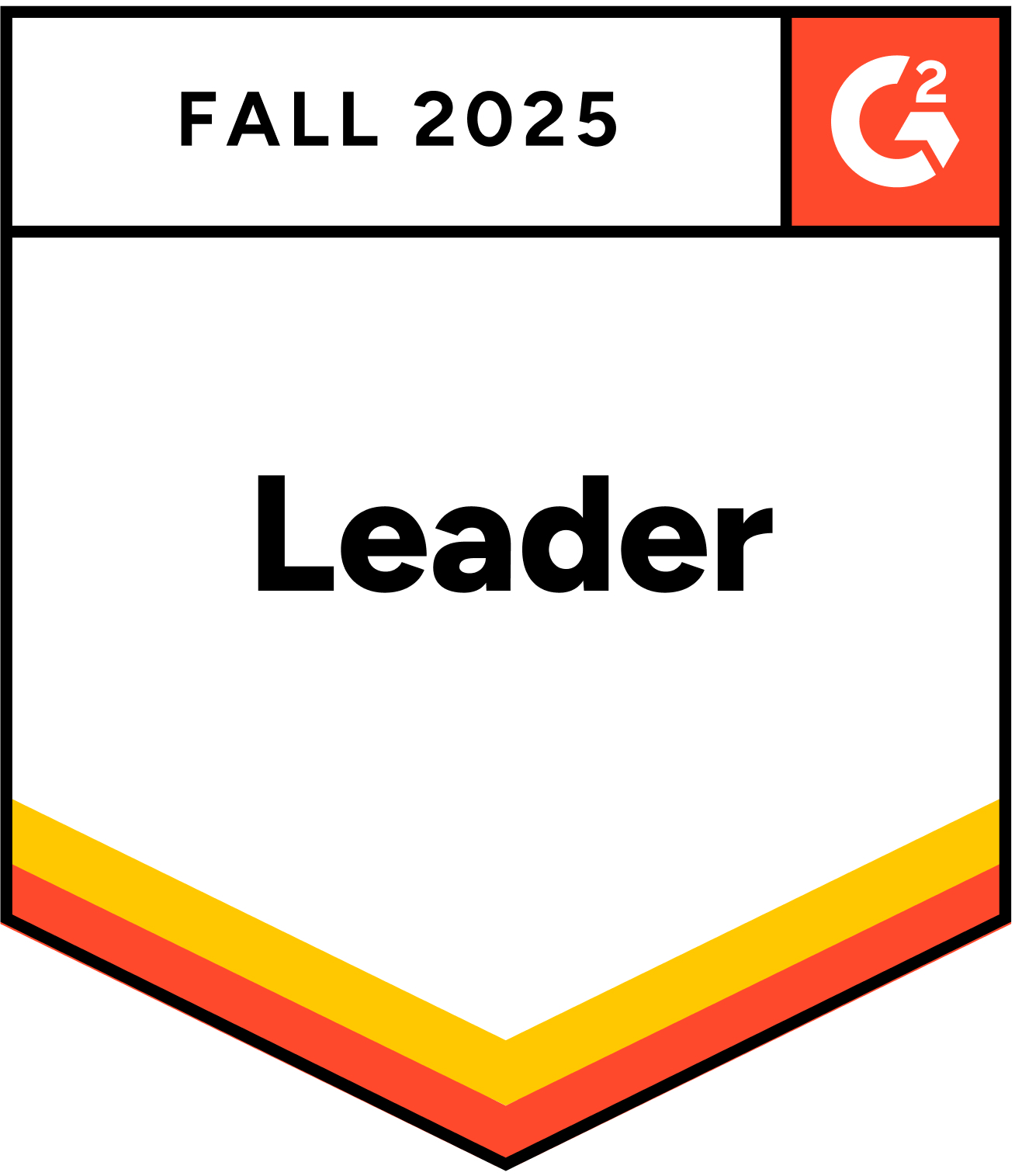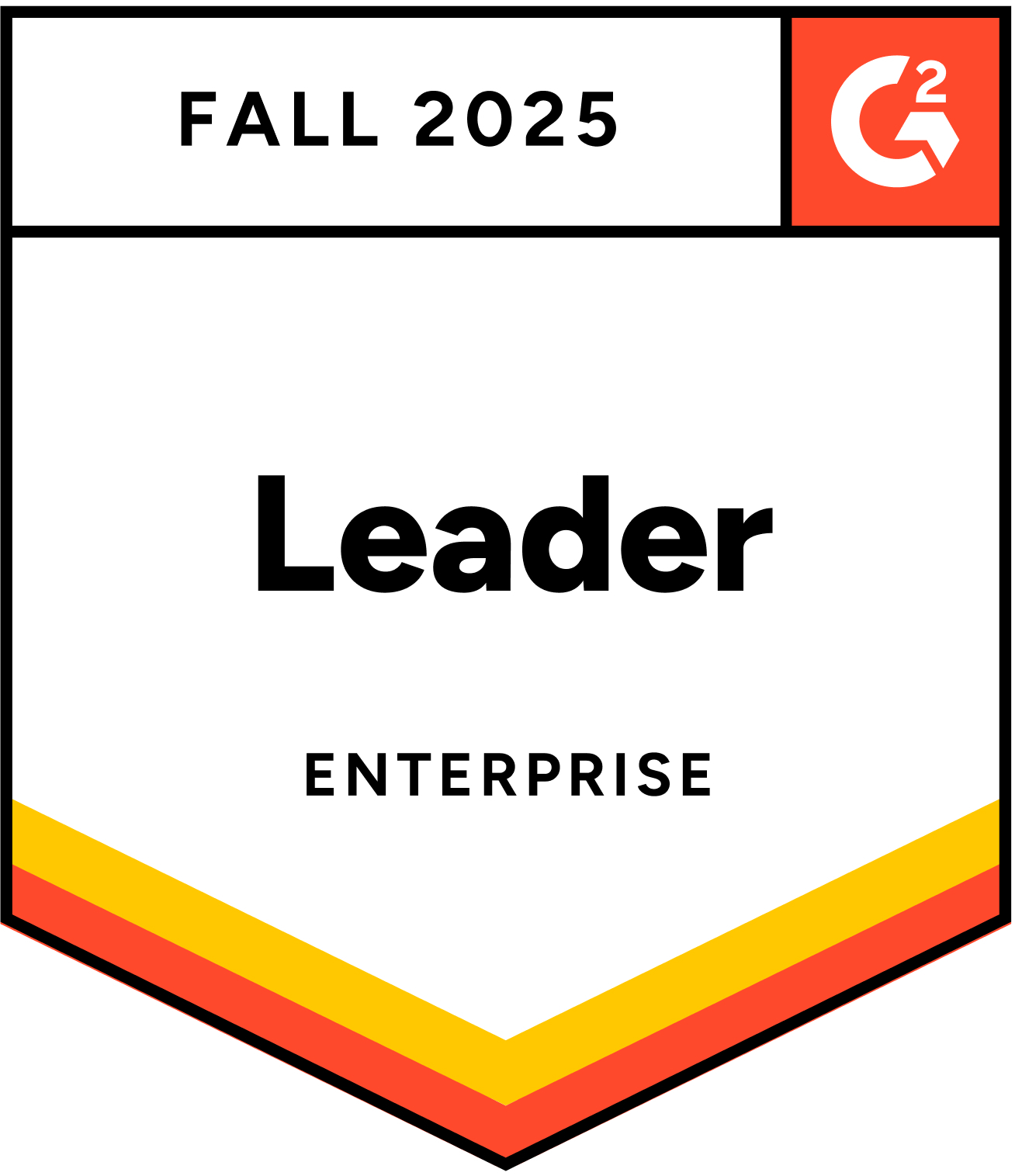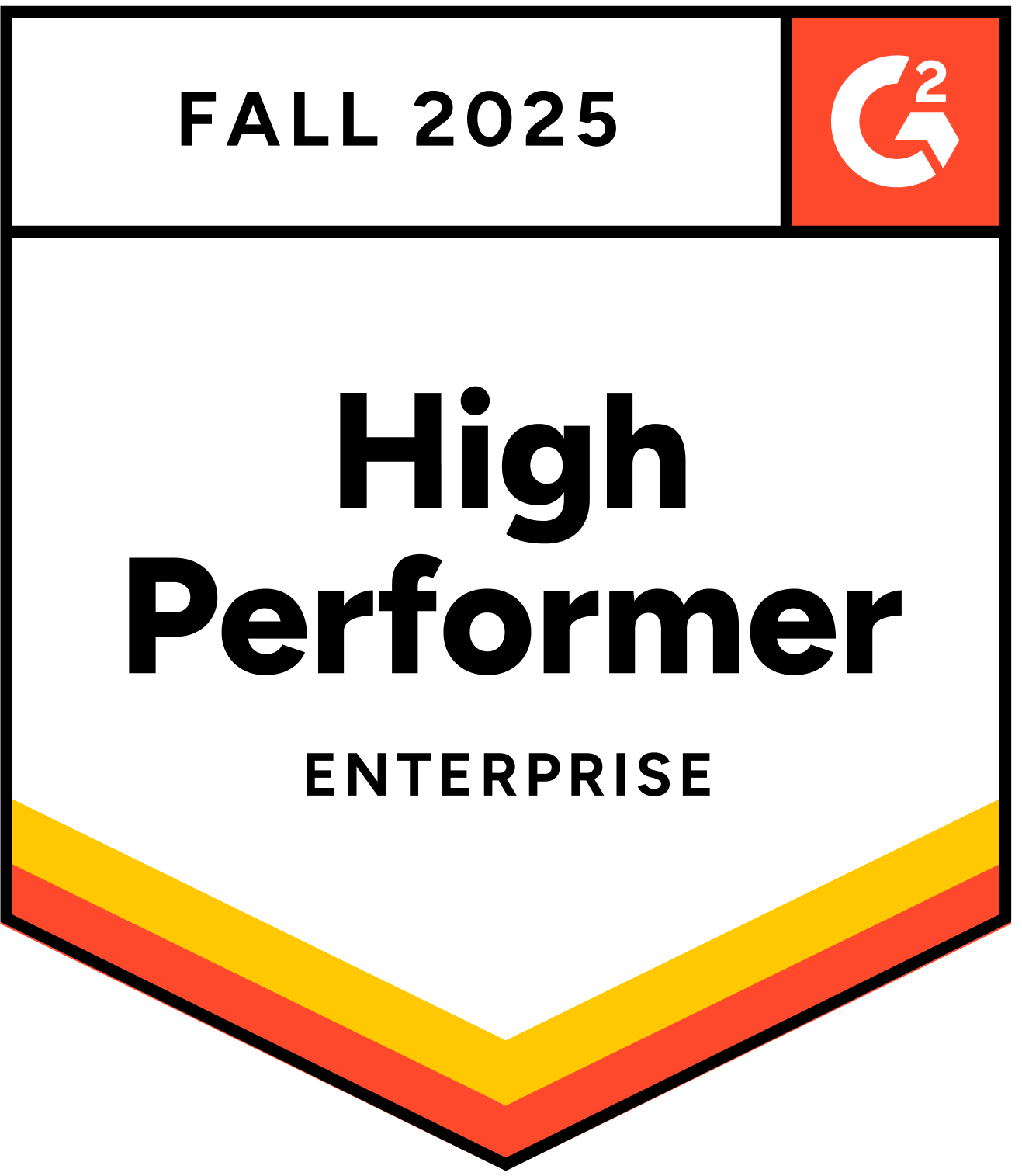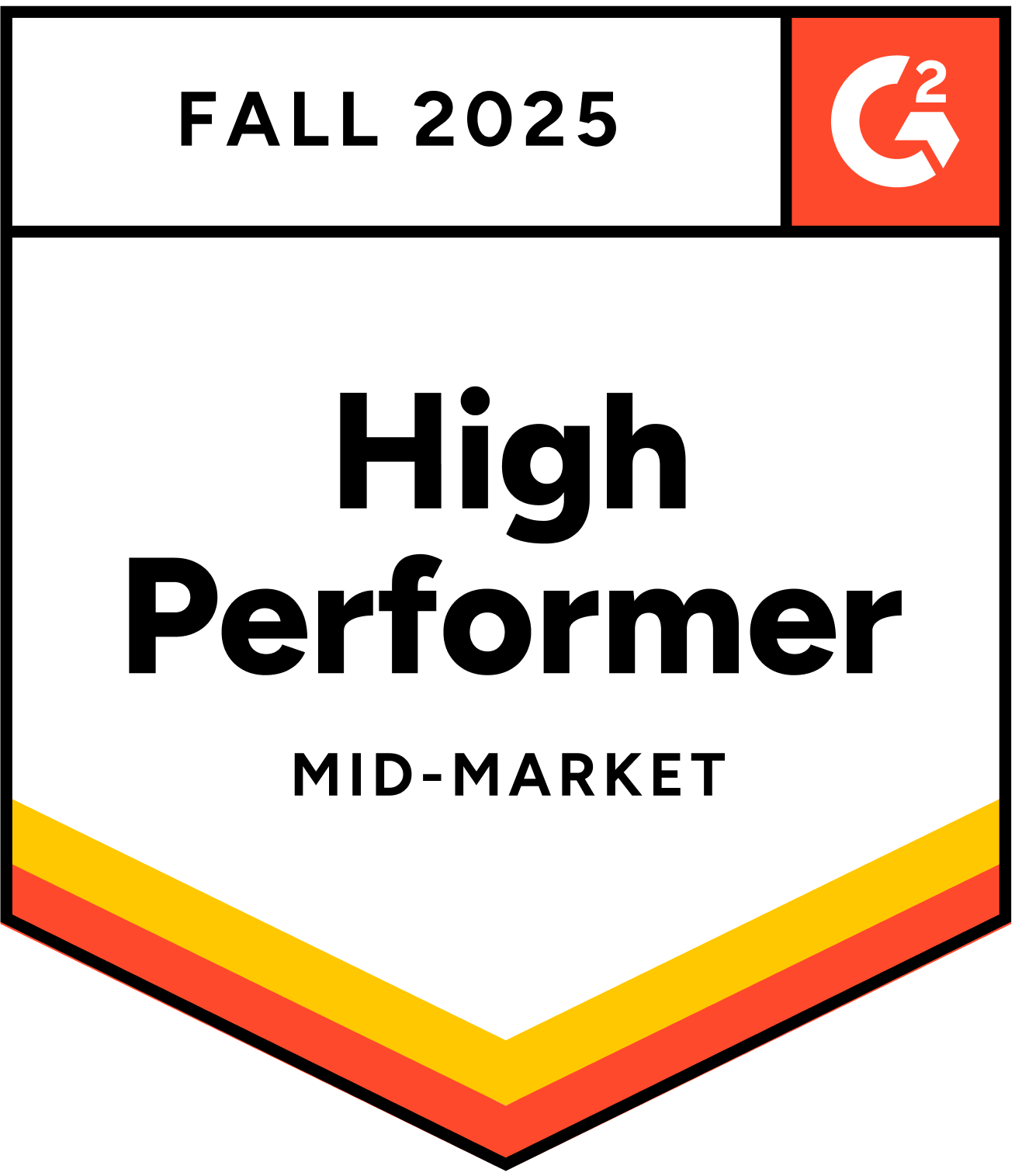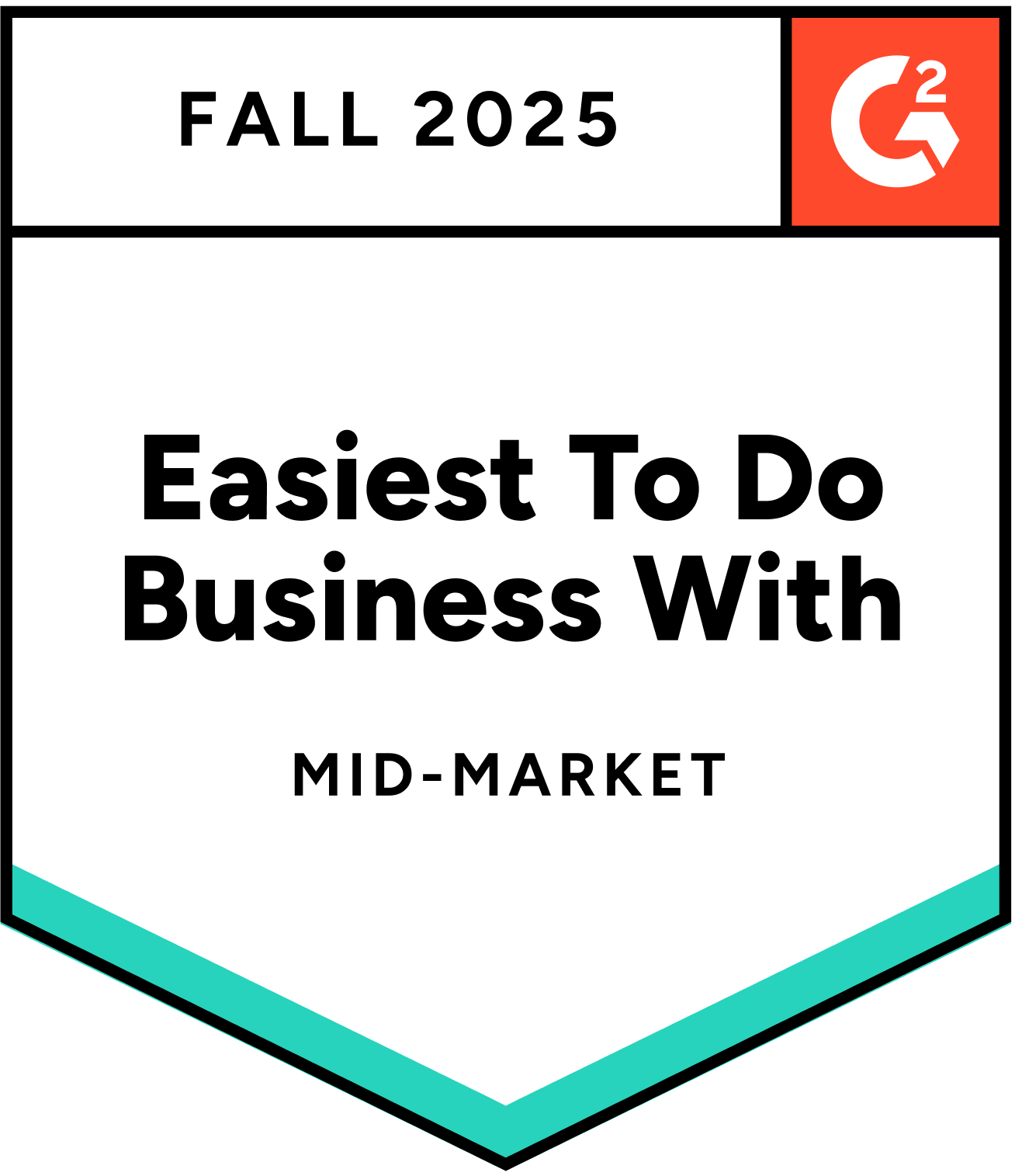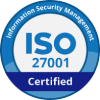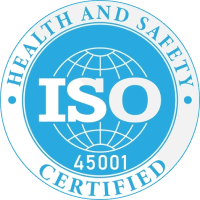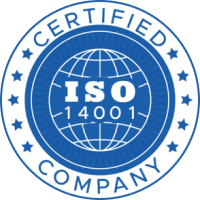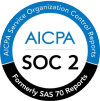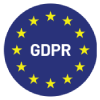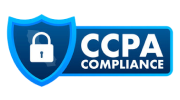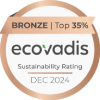I’m Sanjay, head of people and culture at Joveo. After 20+ years across insurance, hospitality, and tech, I’ve learned that no matter how good your strategy or technology, it all comes down to people. Culture really does eat strategy for lunch.
I’ve worked across very different industries – insurance for 11 years, hospitality, and now tech. Each taught me something different about building organizations.
Insurance was about structured processes and predictability, making sure even the smallest details were covered. Hospitality was about human connectedness and empathy, connecting with diverse people internally and externally. Tech is about innovation and agility, moving at a fast-pace.
Across all these industries, I discovered the same thing: people are the differentiator.
Culture is What Employees Experience
When we talk about culture, it’s not a playbook you write. It’s what employees experience every single day. How do your policies connect with your organization’s mission? How do people actually feel when they work here?
Culture happens in small moments. Do you feel connected? Engaged? How is failure handled? How is innovation encouraged? How do interactions across different functions actually play out?
It’s all about what you say, what you do, and whether you do both consistently. Without that consistency across the hierarchy, you get dissonance. People notice when words don’t match actions.
I’ve always believed that culture is the most important leading indicator of organizational success.
Four Things That Matter Most
Building a high-performance, people-first organization requires four elements working together.
First is clarity of vision supported by purpose. Vision and purpose need to reach the last person in the organization so clearly that they can see a connection between what they do and what the organization stands for. That’s the crux of it.
Second is psychological safety for people to challenge each other. Let the best idea win. Do you promote healthy debate? Do you allow people to ask difficult questions? Without this, innovation doesn’t happen.
Third is continuous learning. New business models and technologies are disrupting every industry. If you’re not constantly learning from your ecosystem and upgrading yourself, you won’t survive. You’ve to stay curious.
Last but not the least is making sure all of this works together consistently.
Balancing Speed with Sustainability
At Joveo, we operate in a fast-paced tech environment, but speed alone creates problems. Speed and sustainability need to work together.
That speed needs guardrail – rules that everyone follows. Otherwise burnout happens because you’re constantly running. You also need transparent, intentional communication. When you’re working at very high velocity, everyone needs to understand your vision, mission, what you’re changing, what you’re experimenting with.
Work-life balance can’t be a separate track. It needs to be built into how we work. You have to let people slow down, take breaks, recharge. The goal is quality output, not just speed.
I call it action with reflection. You can’t just keep acting in an endless loop. You have to pause and take stock of how things are going.
Using Data with Empathy
Everyone talks about people analytics and actionable insights these days. My advice starts with asking why. Why do we need this data? Why are we collecting this specific information?
Your hypothesis needs to be clear. What problem are we solving? Is it disengagement? Low velocity in projects moving forward?
Second, look beyond HR data points. Teams have data too. When there’s disengagement, you see the velocity of things slow down. Quality of initiatives gets compromised. You need to integrate those data points for the complete picture.
What I call data-driven empathy means data shouldn’t just create dashboards. There has to be a purpose. You need to figure out how to use that data to make meaningful change in the organization.
The real question is: what do you actually do with those insights?
Building an AI-first Culture
Our focus right now is transforming our organization with what I call AI-led embedded culture. AI becomes part of people’s daily work, taking away the drudgery, freeing them up for more meaningful and innovative tasks.
We’re working closely with various functions to build an AI-first mindset. How can we use our digital colleagues to drive innovation and accomplish meaningful work.
This isn’t about replacing people. It’s about letting them focus on what only humans do well, while AI handles repetitive tasks. When I was 24, someone believed in my ability to lead a training function at a major hotel chain. I was raw, maybe too new, but someone saw potential. That’s the kind of human judgment and belief AI can’t replicate.
The Lesson That Shapes Everything
“Culture eats strategy for lunch.” This has become central to how I think about organizational change and people practices.
At the foundation of everything is people. You might have the best tech stack, brilliant ideas, fascinating products, but it comes down to people. If they’re not engaged, not contributing, not central to your purpose, you’ll face challenges. You won’t harness the full potential of whatever you’re building.
Culture and people drive everything else.
Curious what the rest of our leaders have to say? Explore the full series on YouTube.
Video Transcript
Jennifer: We’re here with Sanjay, you’re the Head of people and culture. You have 20 years, plus years across industries, hospitality, insurance, and more. Deep expertise in strategy, HR management, process excellence, and high performing cultures. You’re recognized as a top 100 HR leader. Congratulations on that, that is awesome. You’re known for contributions as a speaker, coach, and culture builder. So you’re building Joveo’s strategy to fuel innovation and business growth through people. And you’ve worked across diverse industries. How has this shaped your philosophy on people and culture?
Sanjay: That’s a great question, Jennifer. So I’ve worked across different industries and you know insurance for example, I spent around 10, 11 years in insurance and I learned the value of structured processes, the predictability. Making sure even the minutest of things are taken care of. Hospitality was slightly different. It was about the human connectedness. It was about people. It was about empathy. It was about power of connecting with diverse people internally, externally. Tech is slightly different. It is, it is about innovation. It is about agility. It is about very, very fast paced innovation. But one common theme across these three industries or four industries that I worked in was eventually the differentiator are people. And if you have great culture, you can build great organizations. And I always believed in the philosophy that culture is the most important leading indicator of organizational success. So you know, very, very early in my career with these three or four different experiences, I started kind of building my philosophy, which was more human centric, more people centric, which was rooted in the fact that it’s about people. You can drive anything, innovation, great results, great success. But people have to be the really, really foundational cornerstone of whatever you do.
Jennifer: Yeah, I love that. I’ve heard the phrase culture eats strategy for lunch. So what would be the one thing from a culture perspective you feel is the most imperative as building out an organization?
Sanjay: So when we talk about culture, it is what employees experience. It is not a playbook that you talk about. It is the experience that employees have day in, day out. How are your policies integrated with your organization’s mission, vision, and how people feel? How do they experience all of that? How is your interaction across functions take place? How is failure accepted? How is innovation propagated or encouraged? So, culture is about experience, a very nuanced sort of way of experiencing your being in that organization. Do you feel connected? Do you feel engaged?
Jennifer: So absolutely right.
Sanjay: If that connection is missing, you would see there’s going to be dissonance in people because culture is all about what you say, what you do, and do it consistently, do it in a manner that it becomes a way of life. So if, if you don’t have that consistency in what you say, what you do, and how you do things from across the hierarchy, across the level, there is going to be dissonance. So culture, absolutely, absolutely imperative in that sense.
Jennifer: Yeah, that’s great. What are some foundational elements of high-performing people-first organizations?
Sanjay: Right. So, when we talk about performance, you cannot build high-performance, people-first culture or organization unless there is a clear vision. So clarity and vision is absolutely important. Clarity of vision needs to be supported with your purpose. So vision and purpose together needs to be percolated to the last person in the organization so clearly that they can see a connection between what they do and what organization stands for. And that’s the crux of it, your purpose, and there has to be a clear vision. Once that is in place, then you’ll have to see whether you have a psychological safety within the organization for people to challenge each other. Let the best idea win. Do you promote a healthy debate? Do you allow people to, to kind of ask difficult questions? If you don’t do that, the second important part, which is innovation, you wouldn’t really see that coming through. So these are very important. Last but not the least is continuous improvement, continuous learning, because there is so much happening around with new business models coming up, the new technology is disrupting different, you know, different industries. So if you’re not constantly learning from your ecosystem, learning and upgrading yourself, you won’t survive. So you’ve got to be continuously learning. You’ve got to be very, very curious. So if I were to sum it up, it would start with vision, purpose, psychological safety, and last but not the least is continuous learning.
Jennifer: Yeah, I like that. I like the psychological safety, being able to feel free to share and be a part of the culture and give your opinion is so important. How do you balance a fast-paced tech environment with the need for cohesion, well-being, and long-term employee engagement?
Sanjay: Well, that’s a great question, Jennifer, for Joveo, because that’s the space in which we operate. Now, it would start with speed and sustainability needs to go hand in hand, because there is a need for you to continuously innovate, but that speed also need to be viewed in context of what are the guardrails, what are some rules, you know, that everyone follows. Otherwise, there’s going to be burnout, because you’re constantly on the run doing things. You’ve got to be also very transparent and intentional in your communication, because when you’re working with that level of velocity, it’s important that your vision, your mission, whatever you’re doing, what are the things that you’re changing, new things that you’re experimenting, everyone understands. And that wouldn’t happen unless you are absolutely clear and intentional in your communication, and everyone understands why you’re doing things the way you’re doing. Other point, again, I’ll go back to the psychological safety, and I want to integrate that with a culture of performance along with well-being. So work-life balance cannot be a parallel track. It needs to be ingrained with the way we work.
Jennifer: I love that.
Sanjay: And you have to allow people to kind of slow down, take breaks, use their time to kind of recharge, recuperate. So it’s not just about speed. It’s, you know, also what qualitative output that you get out of that speed. And then there has to be a culture where your policies are also agile. They also support the kind of organization you are. Very agile practices. You can’t just have one size fit all sort of policies for all people because they might have different needs. So these are a few things which are, in my mind, absolutely must for a fast-paced organization like Joveo.
Jennifer: Yeah, I like the ability to take that kind of reflection point or integrate that during that time because you can get caught up in this fast paced culture over work yourself, all of a sudden there’s burnout that comes into play. So being able to have reflection time is very productive time because it also allows you to see maybe what’s next.
Jennifer: Absolutely.
Sanjay: I call it action with reflection. You know, you can’t just continually be only acting, acting, acting, you know, you can’t be in that loop continuously. You have to take stock of things, how they’re going. So action along with reflection is important and we need to find a way to allow our employees to do that.
Jennifer: Yeah, absolutely. How many, many HR leaders are looking to integrate people analytics to their operational data into their strategy. What advice do you have for using data to drive meaningful cultural transformation?
Sanjay: That’s a great question because everyone today is talking about people analytics. We are talking about actionable insights. My starting point or my advice would be we need to find out why. Why do we need that data? Why are we collecting that data point? So a hypothesis is very important. It’s not just about going on collecting random data points. What is the problem that we’re solving? Is it about disengagement? It is about low velocity of the way, you know, some projects are moving. So your hypothesis and why needs to be absolutely clear. Second, I would say it’s not just about the HR data points. There are a lot of data points that are there within the teams as well. Because when there’s a disengagement, you would see the velocity of a lot of things that you do slows down. The quality of those initiatives, you know, gets compromised. So you’ve got to integrate those data points as well for it to kind of give you a holistic picture about, you know, the problem that you’re trying to solve. Third, I would say is data driven empathy. You know, data should not just be churned out to create dashboards. There has to be a purpose that you’re achieving with that data. And you need to kind of analyze how can you use that data to make meaningful change within the organization. Its not just about dashboards or reports. So that’s going to be also equally important. So that’s what I would say. Why is important? Contextualization is important because context is very, very important. And then what do you do with those insights?
Jennifer: Right. Yeah. And you don’t want to collect just to collect. It has to be something you’re doing something with. What’s one lesson about leadership or organizational change that has guided your work?
Sanjay: I think you answered that question, you know, when you, when you quoted a very famous line that culture eats strategy for lunch. And every time that’s that that happens and it’s absolutely true. And that has become a central philosophy of how I look at organization change or people and cultural practices or culture or organization evolution. And I have realized that at the crux of it, at the foundation and the bottom of it is people. You might be using technology. You might have best tech stack. You might have best ideas. You might be doing very interesting projects or you’re working on very interesting products. But eventually it’s people. And if they’re not engaged, if they’re not contributing, if they’re not central to your purpose, there’s going to be some, some challenge. You will not be able to harness the full potential of that initiative or of that product that you’re building. So, yeah, culture, people are eventually the drivers.
Jennifer: Okay. What’s next for you and the people and culture team at Joveo? What’s next, Sanjay? What’s on the horizon?
Sanjay: Yeah, that’s a that’s again a great question because we are constantly innovating. We are looking at our practices. We are looking at the data insights that we get from people. How do we integrate that into refining our policies, refining the way we work? But our short term to medium term focus is going to be how do we transform our organization with AI-led embedded culture and how AI is becoming a part of people’s lives. It takes out drudgery out of their work. You know, it frees them up to do more meaningful, more innovative things. So we are working very, very closely with various functions to drive AI-first mindset and how we can we can be accepting or we can be leveraging our digital colleagues to drive innovation or to do a lot of meaningful things. So that’s going to be our near term to medium term focus.
Jennifer: And then before we do rapid fire how can someone get in touch with you if they wanted to connect?
Sanjay: Right the best way to get in touch with me is via LinkedIn. I’m quite active on LinkedIn. I used to be, I’m not as active now. But I’m still there people can reach out to me. That’s the best place to get in touch with me.
Jennifer: All right, great, rapid fire. Are you ready?
Sanjay: I’m ready.
Jennifer: Okay. Squash or poetry? How do you recharge?
Sanjay: It’s a difficult question, you know because I love both poetry and squash. But I would choose poetry over squash because poetry gives you it takes you to a different zone, reflection, which is very important.
Jennifer: So poetry you write or just read?
Sanjay: Both
Jennifer: Okay, I’d love to read some of your writings one day. I write as well. So we can share in that.
Sanjay: I have a blog site that I share my poetry on.
Jennifer: A workplace innovation you wish you had invented.
Sanjay: There are a lot of policies or workplace practices that you know fascinate me. You know work from home was a concept that I never thought would work. But now I realize it’s it’s very valuable. So I wish I probably would have thought it that way 20 years ago 15 years ago.
Jennifer: Yeah, okay great. Most memorable moment in your career?
Sanjay: Most memorable moment was when I was 24 years old and I was working for one of the largest hotel chains in India and I was given the responsibility to lead training function. I was too raw to new just three three and a half years four years of experience. But someone believed in my abilities to drive that function. So I did that role for two years, but that was probably the most memorable, you know professional experience.
Jennifer: One word to describe the future of work.
Sanjay: I think it’s disruption. Constant disruption. I think disruption is the key – is the key right to staying afloat.
Jennifer: So, all right Sanjay. Thank you for your time today and doing.
Sanjay: Thank you very much Jennifer. Appreciate it. Thank you so much.
